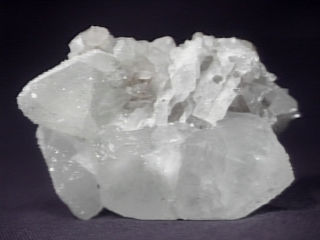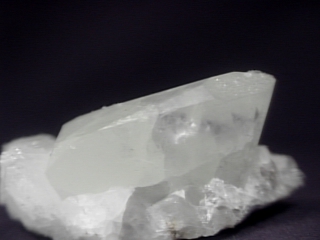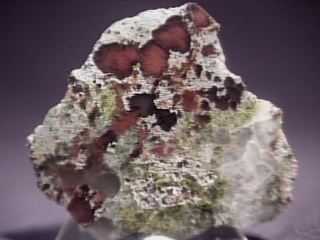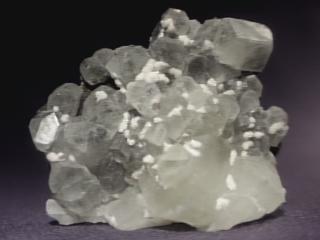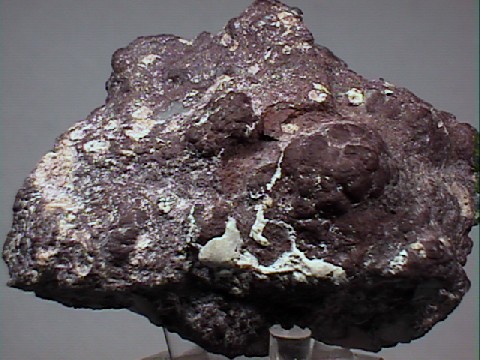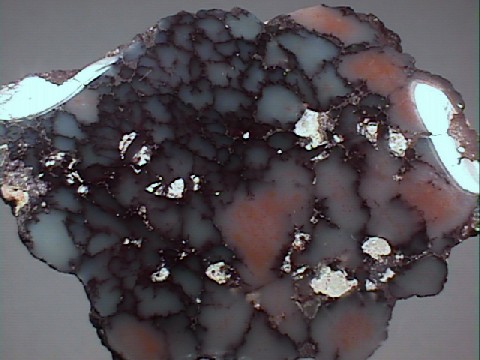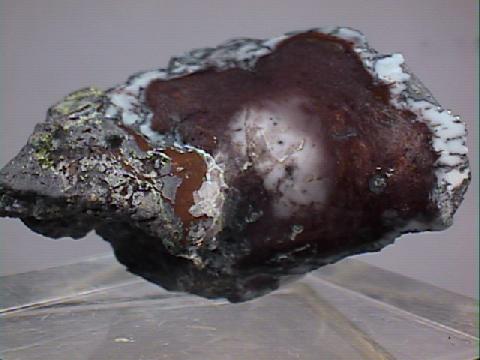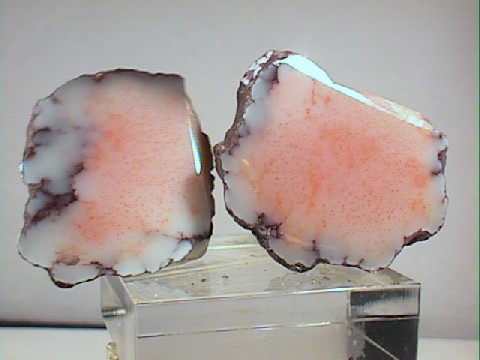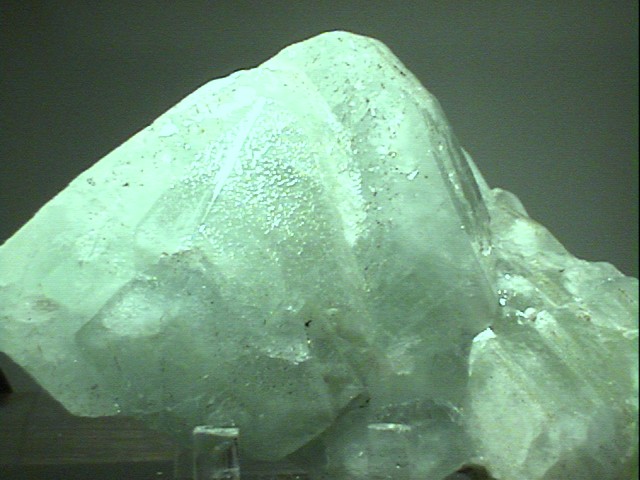 THE MINERAL DATOLITE
THE MINERAL DATOLITE
- Chemistry: CaBSiO4(OH), Calcium Boron Silicate Hydroxide.
- Class: Silicates
- Subclass: Nesosilicates
- Group: Datolite
- Uses: As a mineral specimen, rarely as an ornamental stone and as a minor gemstone.
Specimens
Datolite is often found in basalt vesicles with calcite and zeolites. In fact, it is often confused with certain zeolites because of its luster, color and associations. Datolite is also found in the Lake Superior region of Michigan. It is associated with native copper at this location and is found in porcelain-like masses and nodules. The nodules are brown to off white in color and some are cut and polished as a ornamental stone.
PHYSICAL CHARACTERISTICS:
- Color is white, colorless, yellowish, reddish, gray, brown and green.
- Luster is vitreous to greasy.
- Transparency: Crystals are transparent to translucent.
- Crystal System: Monoclinic; 2/m
- Crystal Habits include short prismatic to wedge shaped tabular crystals with complex and richly faceted terminations. Also in porcelain-like masses that form nodules. Aggregates can be fibrous or granular.
- Cleavage is absent.
- Fracture is conchoidal to uneven.
- Hardness is 5 - 5.5
- Specific Gravity is 2.8 - 3.0
- Streak is white.
- Associated Minerals are prehnite, danburite, babingtonite, epidote, copper, calcite, quartz and zeolites.
- Notable Occurances include Russia; Lake Superior region of Michigan and Paterson, New Jersey, USA; Bancroft, Ontario, Canada; Charcas, Mexico; Schwarzwald, Germany and Norway.
- Best Field Indicators are crystal habit, absence of cleavage, hardness and color.

